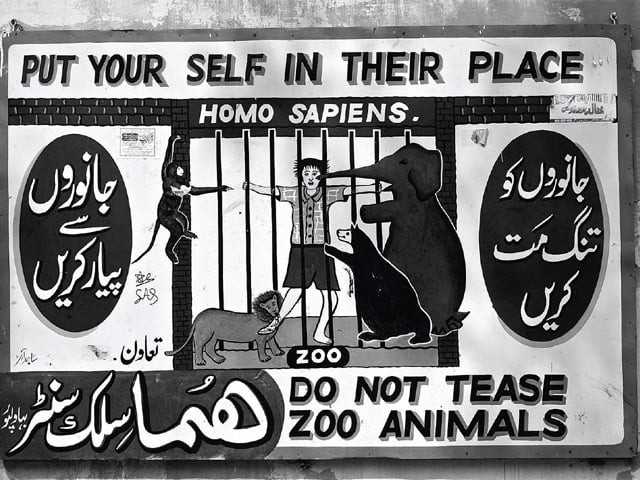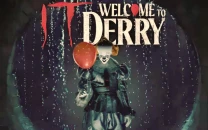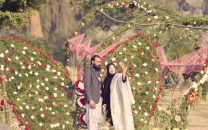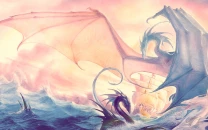Amean J: Animal kingdom
BHV Zoo is a sombre, melancholic depiction of the animals that inhabit the Bahawalpur Zoo.

The print version of BHV Zoo is also available as an e-book, which incorporates music by the duo, Zeb and Haniya, and poetry by Ilona Yusuf. For an animal-lover like myself, Amean’s photographs were painful to assimilate. The photographer captures the mood of neglect and isolation rather well. For example, one picture depicts a wolf moving in its cage. The emphasis of the photograph is on the rusty, steel bars and the padlock, with a panting, edgy animal, making a quick turn.
On the next page, two photographs focus on the limbs of the animal. You can tell that the animal is pacing in each picture. In the centre of both photos, a puddle reflects the steel bars of the cage. Turn the page over, and a single, smaller photograph depicts the wolf looking outside its cage in earnest, its snout resting against a single, steel bar. This series of four photographs, featuring one subject, highlights an important issue of an animal being held against its will in captivity.
Is it justified? Ethical? How much space is enough? If at all?
But the photographs in BHV Zoo do not focus solely on the animals. Other photos such as, a group of five burqa-clad women sitting in the zoo’s barren park, food vendors, a patch of grass strewn with dry leaves, and a vacant playground all provide an interesting contrast to the images of the animals. In juxtaposition, all depict a feeling of neglect and captivity.
Having photographed animals within a confined space, interestingly, the layout of the book is such that, each photograph is given immense space. So, oftentimes, while flipping through the book, one would notice that small and medium-sized photos are placed as sole images against stark, white, glossy pages.
This makes two things rather apparent; one, it gives the photographs depth — irrespective of their size — and two, it seems as if the photographer subconsciously wants to give the animals in his photographs, space and freedom.
Was this intentional? Quoting the writer Giorgio Pressburger, Amean states: “‘Everything is written in the white spaces between one letter and the next. The rest doesn’t count.’ I wouldn’t go as far as the rest doesn’t count, but yes the negative space around the photographs and in between pages is deliberate.” Regarding why the photographer opted to shoot the animals in black and white, rather than colour, Amean believes that “Content gets more attention when photographed in black and white.”
“Animals are extremely beautiful and photographing them in colour would’ve taken away the point I’m trying to make in this book. The audience, at times, tends to fall for aesthetic in colour.”
Perhaps one of the greatest dilemmas in photojournalism is the fine line between documenting what one sees — in a completely detached manner — and the sensitive, heartrending nature of what is being photographed at that point. Where does reporting end and empathy begin?
About how he felt while photographing the animals, Amean says: “Besides the obvious invasion of private space, the state of the animals does reflect our own people. Though the difference between the animals and us is that we are not leashed, we can get out of our misery and do something about it.”
Published in The Express Tribune, November 14th, 2010.



















COMMENTS
Comments are moderated and generally will be posted if they are on-topic and not abusive.
For more information, please see our Comments FAQ